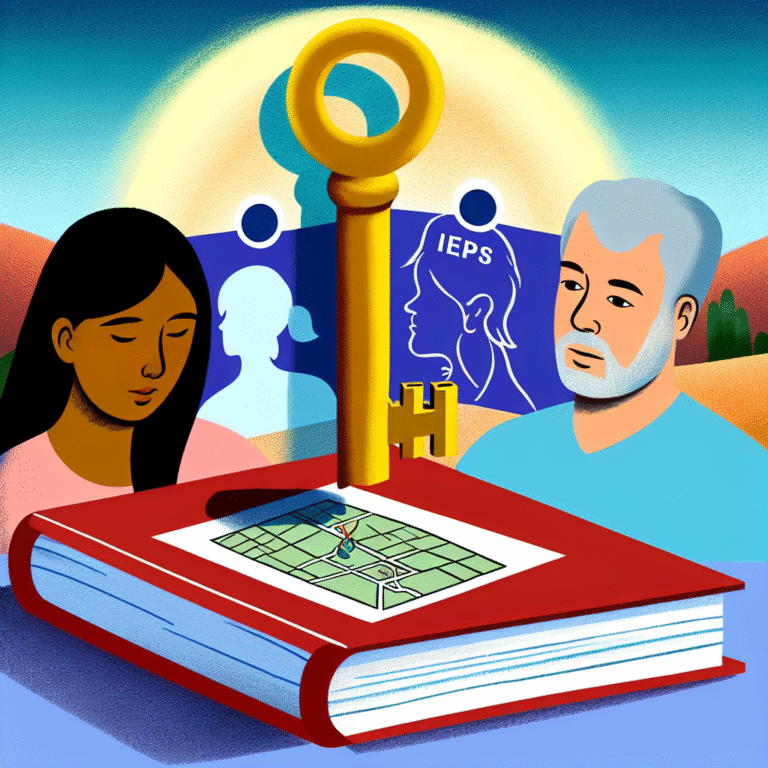
Introduction
Life can change in the blink of an eye. In an instant, one moment can redefine a person’s future, their dreams, and their understanding of resilience. For spinal cord injury (SCI) survivors, these experiences can often be transformative, prompting them to not only adapt but thrive in their new realities. The phrase "Living Life to the Fullest" resonates deeply with these resilient individuals who face seemingly insurmountable challenges yet demonstrate unbelievable strength and positivity. In this article, we delve into the inspiring stories of spinal cord injury survivors, showcasing how they have transformed their lives, broken barriers, and lived life on their terms.
Understanding Spinal Cord Injury
Before exploring the stories of these incredible individuals, it’s essential to grasp what spinal cord injuries entail. An SCI occurs when there’s damage to the spinal cord that may result in a loss of function, mobility, or sensation. It can vary in severity, from partial to complete paralysis, impacting one’s quality of life extensively.
The journeys of spinal cord injury survivors can be marked by phases of grief and acceptance, but eventually lead to the rebirth of aspirations and determination. Let’s dive into these narratives that exemplify living life to the fullest.
Case Studies of Resilience
1. The Climb of a Lifetime: Julie’s Mountain Ascent
Julie was an avid hiker and outdoor enthusiast before her routine mountain climbing trip turned into a life-altering event. After a fall, she suffered a severe spinal cord injury, which left her unable to walk. Initially, despair enveloped her life, but after rehabilitation, Julie found a new purpose: advocating for accessibility in outdoor sports.
With determination, she began adaptive climbing and, years later, she achieved her dream of summiting one of the tallest peaks in her state with a team of fellow adaptive climbers. Julie’s story highlights not just survival, but thriving—proving that living life to the fullest is possible, regardless of physical limitations.
Analysis: Julie embodies the spirit of resilience and illustrates the importance of community support and adaptive technology in overcoming physical challenges.
2. Art in Motion: Mark’s Expressive Journey
After an unexpected accident left Mark paralyzed from the waist down, he faced a significant identity crisis. Used to being active, he struggled with feelings of depression and isolation. However, one day while attending a therapy session, he discovered adaptive art tools that reignited his passion for painting.
Through art, Mark expressed his emotions, sharing his journey and inspiring others through exhibitions. His work not only helps him cope but has also been used for fundraising and awareness campaigns for spinal cord injuries. Today, Mark leads art workshops for fellow survivors, proving that creativity has no bounds.
Analysis: Mark’s story is a testament to the power of art therapy and self-expression in the healing process, emphasizing the importance of exploring passions post-injury.
3. The Power of Adaptation: Sarah’s Journey as a Motivational Speaker
Following a car accident that resulted in a spinal cord injury, Sarah found herself re-evaluating her aspirations. Instead of succumbing to despair, she decided to turn her experiences into a message of hope. She became a motivational speaker, sharing her story across the globe and empowering others to face their challenges head-on.
Sarah’s ability to inspire through her words and lived experiences has garnered her numerous accolades, making her a sought-after speaker at conferences, schools, and events. Her story reflects the essence of living life to the fullest, as she transforms personal pain into universal empowerment.
Analysis: Sarah exemplifies the power of personal stories in motivating others, highlighting that adversity can lead to incredible personal growth and impact.
4. Athletic Prowess: Jason’s Journey to Becoming a Paralympian
Jason was a talented athlete before a diving accident led to a spinal cord injury. Initially grappling with his new reality, he began adaptive sports as part of his rehabilitation process. Fueled by determination, Jason committed himself to wheelchair basketball.
After years of hard work and perseverance, he qualified for the Paralympic Games, where he won a medal. Jason advocates for sports accessibility and serves as a role model for youth facing physical challenges, proving that injuries do not have to end one’s athletic dreams but can instead launch new, exciting ambitions.
Analysis: Jason’s path illustrates the role of sports in fostering community and improving quality of life, signifying that active engagement can lead to holistic well-being.
5. Innovating for Change: Emma’s Tech Entrepreneurial Spirit
Emma never envisioned herself as a tech entrepreneur until a spinal cord injury reshaped her perspective on accessibility. Drawing from her experiences, she founded an innovative tech company that develops assistive technologies for mobility-impaired individuals.
Her company creates solutions that empower others with spinal cord injuries to lead independent lives, including smart wheelchairs and user-friendly applications. Emma’s journey from survivor to innovator shines a light on how adversity can spark creativity and innovation, enabling others to live life to the fullest.
Analysis: Emma’s story underscores the intersection of technology and accessibility, demonstrating how problem-solving skills can be harnessed to address societal challenges.
The Common Threads of Resilience
All these stories converge on a few key themes:
Community Support: Whether through family, friends, or support groups, the encouragement from loved ones plays a crucial role in recovery.
Adaptability: Learning to adjust to new realities opens doors to new opportunities and aspirations.
Advocacy: Many survivors become advocates, utilizing their journeys to raise awareness and push for change, impacting countless others.
- Creativity: Engaging in creative endeavors not only provides therapeutic benefits but also fosters a sense of purpose and expression.
Living Life to the Fullest: The Psychology of Hope
The mental aspect of living with a spinal cord injury is profound. Studies have shown that maintaining a positive outlook and embracing hope significantly impacts recovery and overall well-being. Positive psychology emphasizes resilience, focusing on personal strengths to overcome adversity.
Table: Psychological Factors Contributing to Well-Being in SCI Survivors
| Factor | Description |
|---|---|
| Social Support | Network of family, friends, and peers who provide encouragement and help. |
| Goal Setting | Establishing realistic, achievable goals enhances motivation and provides direction. |
| Mindfulness | Techniques that promote present-moment awareness can reduce stress and improve mental health. |
| Self-Determination | A sense of control over one’s life fosters independence and empowerment. |
| Therapy and Counseling | Professional support aids in coping strategies and emotional processing. |
Conclusion
Living life to the fullest after a spinal cord injury may present challenges but holds a wealth of opportunities for growth and transformation. The inspiring stories of individuals like Julie, Mark, Sarah, Jason, and Emma serve as powerful reminders that adversity can lead to immense strength, creativity, and purpose.
Each survivor’s journey underscores the message that life can still be rich and fulfilling, irrespective of physical limitations. It encourages us all to embrace resilience, pursue passions, and uplift one another, cultivating a world where everyone can live life to the fullest.
FAQs
1. What is a spinal cord injury?
A spinal cord injury occurs when the spinal cord is damaged, leading to loss of function and mobility. Severity can range from incomplete (some function remains) to complete (no function remains).
2. How can I support someone with an SCI?
Support can come in various forms — emotional encouragement, helping with daily tasks, advocating for accessibility, and simply being a good listener.
3. What are some adaptive technologies available for SCI survivors?
There are numerous technologies such as smart wheelchairs, voice-activated devices, and mobility apps designed to enhance independence and accessibility for those with spinal cord injuries.
4. Can people with spinal cord injuries participate in sports?
Yes! Many adaptive sports are available, and countless SCI survivors participate in activities such as wheelchair basketball, adaptive climbing, and more.
5. How can I stay positive after an SCI?
Maintaining a positive outlook can involve setting small goals, engaging in therapy or counseling, pursuing hobbies, and surrounding yourself with supportive individuals.
In conclusion, stories of spinal cord injury survivors are a powerful testament to the human spirit’s resilience and the profound ability to live life to the fullest against all odds. Let these tales inspire you, as they have inspired many, to pursue your own dreams and live life boldly, no matter the obstacles you face.














